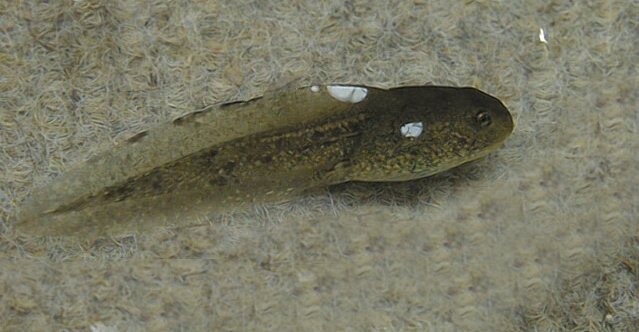As many probably already know, a popular weight loss surgery called “Roux-en-Y” gastric bypass helps morbidly obese people lose weight and turn around their lives. They lose one-third of their digestive tract, rid themselves of diseases such as diabetes, and lose a lot of weight. But what still remain a mystery is why exactly people lose weight after the surgery. Megan Dailey believes she has the answer that gives more insight into eating disorders and depth into the surgery itself. Once you find out more about the relationship between food and the body, you can gain a different perception into the impact of eating disorders on the body. Dailey's research showed that when patients undergo this surgery, the food bypasses the duodenum, a pharynx between the stomach and small intestine. It travels directly to a place called the jejenum and consequently, the jejenum receives more nutrients. This promps the release of hormones that affect the appetite in a good way. And this is why people's appetites are curbed after this surgery. To test her theory, Dailey mimicked the effects of bypass surgery on rats. She injected nutrients into the jejenum directly and observed that all the rats consistently lost weight. Dailey also discovered that GLP1 and PYY, hormones that effect appetite, were released at a higher pace. Since rats body's are quite similar to those of humans, we can almost most definitely conclude that the humans' need to eat lessens after bypass surgery. Now, I believe that it is very fascinating to learn about the body and its digestive system. I cannot wait to learn about it in science class! I hope that the research from this study can help scientists better understand eating disorders and the body in general. By doing that, techniques to help the poor people effected by eating disorders and obesity could be improved as well as their conditions. I hope that the research regarding bypass surgery and the digestive system in general will continue to develop and grow. \
Citations+Sources:
Dailey, Megan. "A common surgery could clarify eating disorders while it mends
obesity." Hopkins BrainWise Spring 2011 30 Mar. 2011: n. pag. Hopkins
Medicine . Web. 31 Mar. 2011. <http://www.hopkinsmedicine.org/news/
publications/psychiatry_newsletter/hopkins_brainwise_spring_2011/
embraceable_roux>.
obesity." Hopkins BrainWise Spring 2011 30 Mar. 2011: n. pag. Hopkins
Medicine . Web. 31 Mar. 2011. <http://www.hopkinsmedicine.org/news/
publications/psychiatry_newsletter/hopkins_brainwise_spring_2011/
embraceable_roux>.
http://paladinpost.com/wp-content/uploads/2011/02/obese_gastric_bypass_surgery-300x199.jpg














